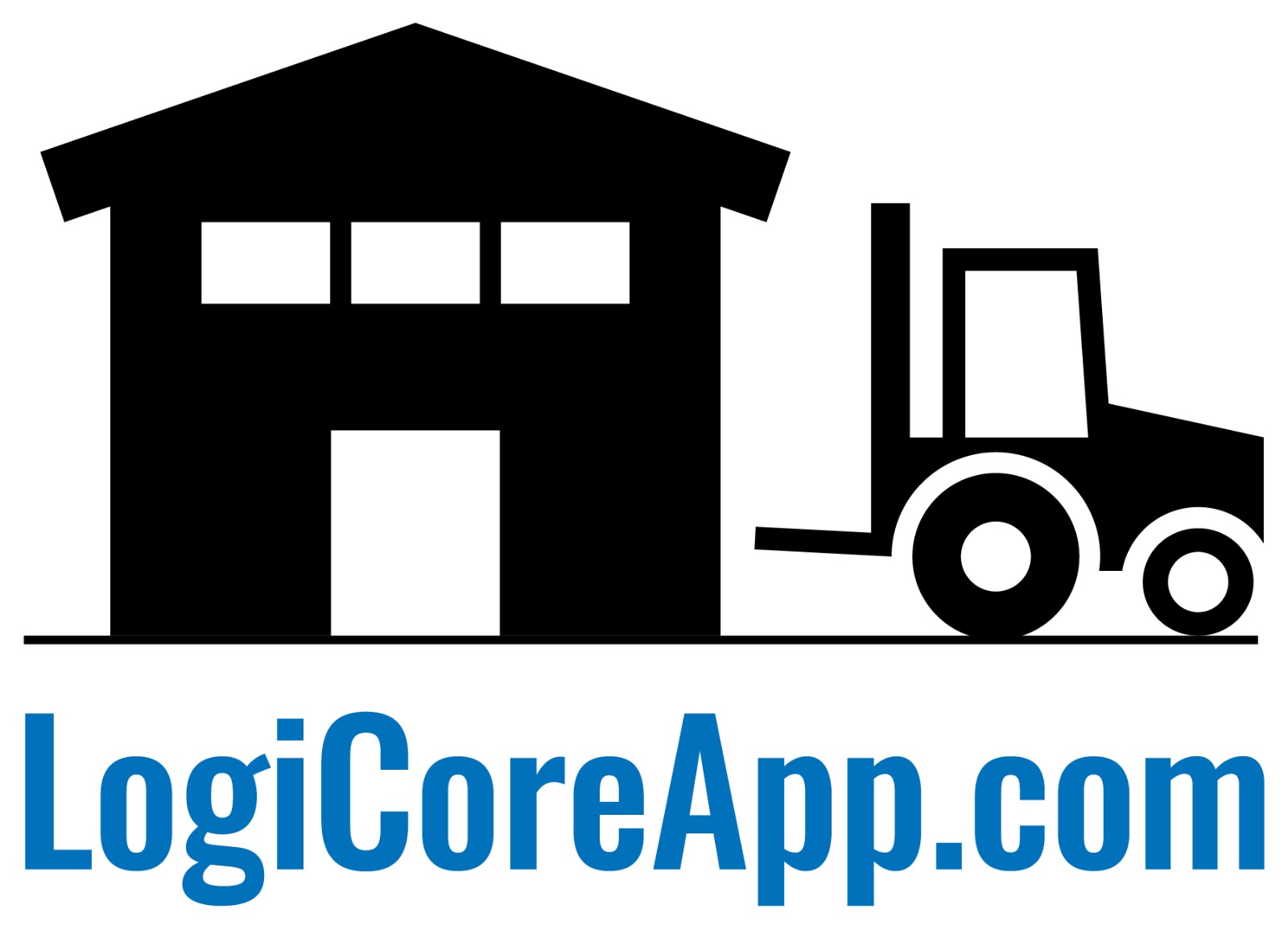Robotic trucks may face an uphill climb on public roads, but automation is claiming a place in freight yards and warehouses
Autonomous trucks may be running into trouble on the highway, but the technology behind self-driving vehicles is getting traction deeper inside shipping operations in freight yards, warehouses and seaports.
Kimberly-Clark credits hundreds of autonomous forklifts with helping the consumer-products company keep Kleenex facial tissue, Cottonelle toilet paper and other goods flowing to stores despite labor shortages during the Covid pandemic. Sharpie maker Newell Brands says the vehicles are helping deliver safety improvements and cost savings across the company’s operations.
Logistics executives say autonomous vehicles that lift and move heavy pallets are becoming more common as companies find it harder to hire workers.
Although the market for autonomous trucks that move trailers around freight yards remains small, technology intelligence firm ABI Research projects it will grow at a compound annual growth rate of about 53% from 2022 to 2030. ABI estimates millions of artificial-intelligence-enabled cameras will be installed outside warehouses to help the robotic equipment find its way around the industrial yards.
Unlike the high-profile pilot tests of autonomous heavy-duty trucks on public highways, some of the vehicles are already at work behind the fence—an area where the turmoil of daily life on the road, with passenger cars operating unpredictably and construction zones cropping up, can be filtered out.
Autonomous vehicles within industrial operations are more attractive now “just because wages have gone up so much, availability of labor has gotten a lot more limited and [the technology has] become a lot more reliable,” said Kevin Patterson, president of distribution at NFI Industries, a logistics provider for major retailers that runs nearly 200 self-driving forklifts across several warehouses.
NEWSLETTER SIGN-UP
The Logistics Report
Top news and in-depth analysis on the world of logistics, from supply chain to transport and technology.
Preview
Subscribe
Kimberly-Clark has more than 300 autonomous forklifts at its North American warehouses, up from about 30 in 2019, said Sarah Haffer, vice president of customer logistics for the company’s North America consumer division.
Haffer said Kimberly-Clark’s warehouses with autonomous forklifts have provided some of the most consistent service levels to its retail customers. “We have been able to manage through Covid with real stability and beyond in terms of throughput and capabilities,” Haffer said.
Newell Brands, whose products also include Coleman outdoor recreation equipment and Rubbermaid food storage goods, uses more than 200 autonomous forklifts across its facilities. Newell Chief Executive Chris Peterson said robotic vehicles have reduced incidents of damage to goods and are delivering “significant cost savings.”
Such progress contrasts with the bumpy ride self-driving heavy-duty trucks are enduring on public roads.
Over the past year, Alphabet-owned Waymo paused work on its autonomous trucking technology, Embark Technology wound down its autonomous trucking operations and TuSimple said it would exit the U.S. market to focus on growth overseas. Cruise, a unit of General Motors that runs autonomous passenger vehicles, recently laid off one quarter of its workers following safety mishaps and permit suspensions.
At seaports, autonomous guided vehicles are ferrying shipping containers across docks in Southern California, at the ports of Los Angeles and Long Beach. At the most advanced facility, Long Beach Container Terminal, some vehicles drive themselves to a nearby building where automated machinery switches out their battery packs so they can quickly get back to work.
Autonomous guided vehicles at the Long Beach Container Terminal in California. PHOTO: RINGO CHIU/ZUMA PRESS
Autonomous trucks face a lot of hazards on public roads, said Arshan Poursohi, founder and CEO of autonomous forklift company Third Wave Automation. “But if you take that same technology and machine learning and place it in a slightly more structured environment, like inside a warehouse or a yard, it’s safe and it’s ready to go,” he said.
Third Wave provides semiautonomous forklifts that work independently but which are overseen by human controllers who step in when the machines call for help. Executives at freight broker C.H. Robinson Worldwide said they are running a pilot with this technology, rather than deploying fully autonomous vehicles, because it is easier to incorporate it than it would be to completely retool a warehouse for robots while running operations for customers.
“Warehouses are messy,” said Greg West, a vice president at C.H. Robinson. “Not everything is always where it needs to be every step of the way.”
Logistics executives say the autonomous vehicles still run into trouble in warehouses. They will stop moving whenever they sense that something is out of place, from debris on the floor to a trailing piece of shrink wrap hanging off the side of a pallet.
Some companies adjust their warehouses to accommodate robots. Kimberly-Clark’s Haffer said the company segmented its warehouses “into physical areas where only [forklifts] live and physical areas where only people are doing particular work, and we don’t cross over.”
Technology companies are betting that successes inside warehouses can be extended to freight yards. Andrew Smith, founder and CEO of autonomous yard truck operator Outrider, said outdoor operations are more varied. Still, that’s simpler than running on a public road.
“Robots love consistency,” Smith said. “When you get out in the yard, there’s a lot of diversity.”
Outrider has been running pilots of its technology and expects to launch its commercial system in the second half of 2024.
